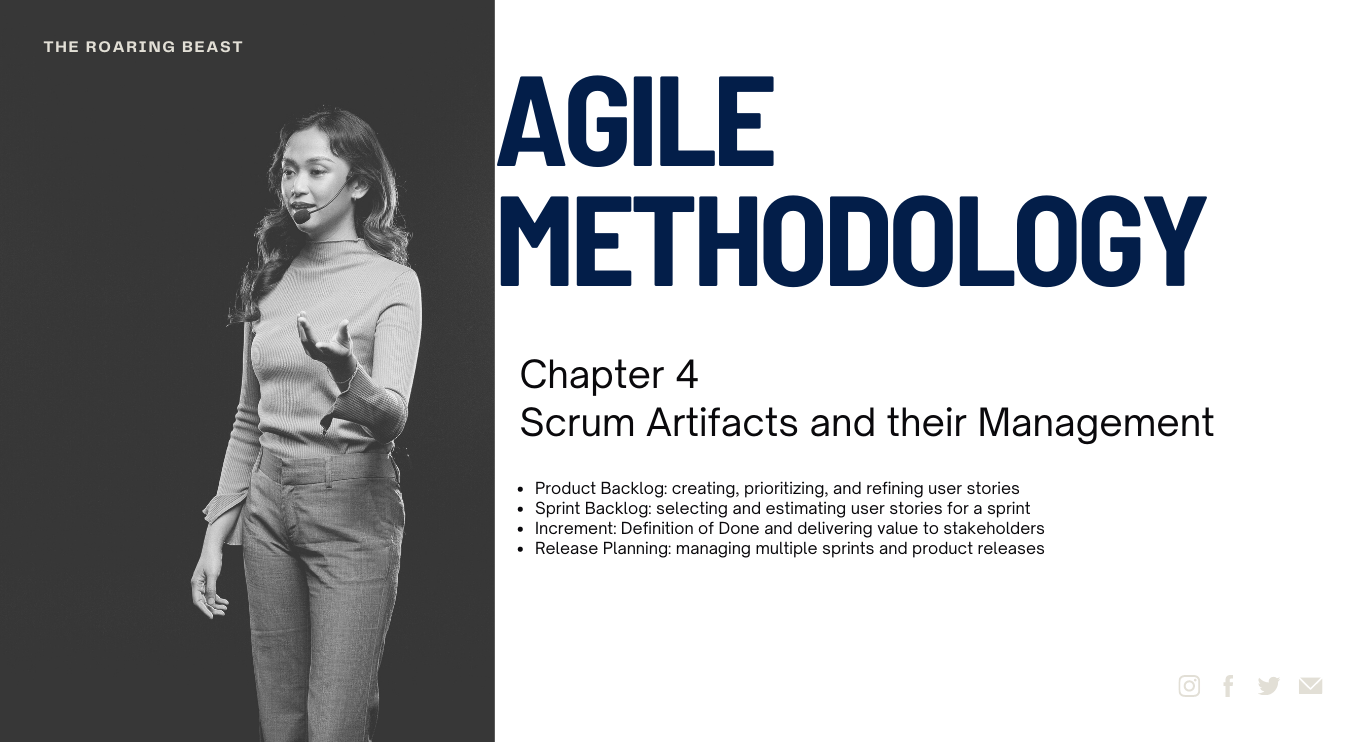Release Planning is an important aspect of managing multiple sprints and product releases in the Scrum framework. It involves determining the scope, timeline, and objectives for delivering increments of the product over a longer timeframe. Here’s an overview of the process and key considerations in Release Planning:
- Product Vision and Roadmap:
- The Product Owner collaborates with stakeholders to define a clear product vision, which outlines the long-term goals, direction, and intended value of the product.
- Based on the product vision, the Product Owner develops a product roadmap that highlights major features, milestones, and target release dates.
- Release Goals and Increments:
- The Product Owner, in consultation with the Development Team and stakeholders, identifies release goals or objectives for specific timeframes, such as quarters or years.
- Each release goal represents a set of features, enhancements, or deliverables that align with the product vision and roadmap.
- The release goals are broken down into smaller increments that can be delivered within individual sprints.
- Sprint Planning and Backlog Management:
- During Sprint Planning, the Product Owner and Development Team collaborate to select and prioritize user stories and tasks for each sprint.
- The selected user stories contribute to the larger release goals and help in achieving the desired increments over time.
- The Product Owner continuously manages and updates the Product Backlog, ensuring that it reflects the evolving priorities and requirements.
- Release Cadence and Iterative Delivery:
- The release cadence determines the frequency at which the product increments are released to stakeholders or customers.
- The Scrum Team aims for a sustainable release cadence that balances the delivery of value with maintaining quality and stability.
- Increments are delivered at the end of each sprint and can be potentially releasable, providing early and frequent value to stakeholders.
- Stakeholder Engagement and Feedback:
- The Product Owner actively engages with stakeholders to gather feedback on released increments and incorporate their input into subsequent releases.
- Feedback from stakeholders helps validate assumptions, identify areas for improvement, and guide future release planning decisions.
- Adjusting the Release Plan:
- The Release Plan is not set in stone and can be adjusted based on changing priorities, market conditions, customer feedback, or other factors.
- The Scrum Team regularly reviews and adapts the release plan, making necessary modifications to the roadmap, release goals, or increments as needed.
Release Planning in Scrum involves a dynamic and iterative approach, allowing for flexibility and adaptation to changing requirements and market dynamics. It enables the Scrum Team to manage multiple sprints effectively, align their work with the product vision, and deliver value incrementally over time, maximizing customer satisfaction and business outcomes.

